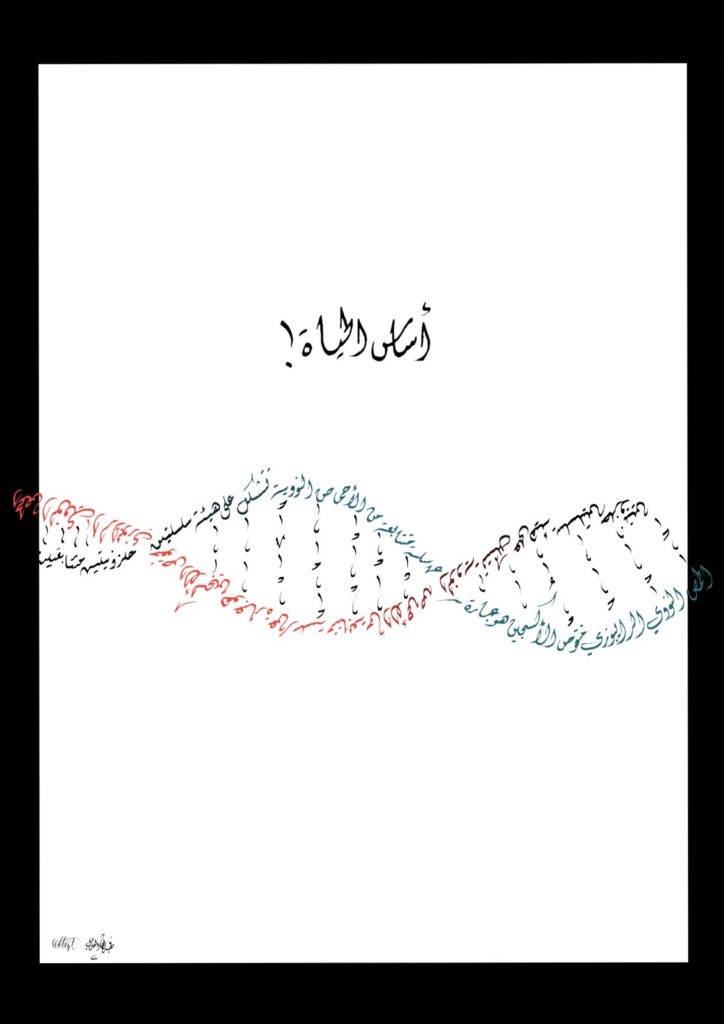Shouq Alazmi (485)
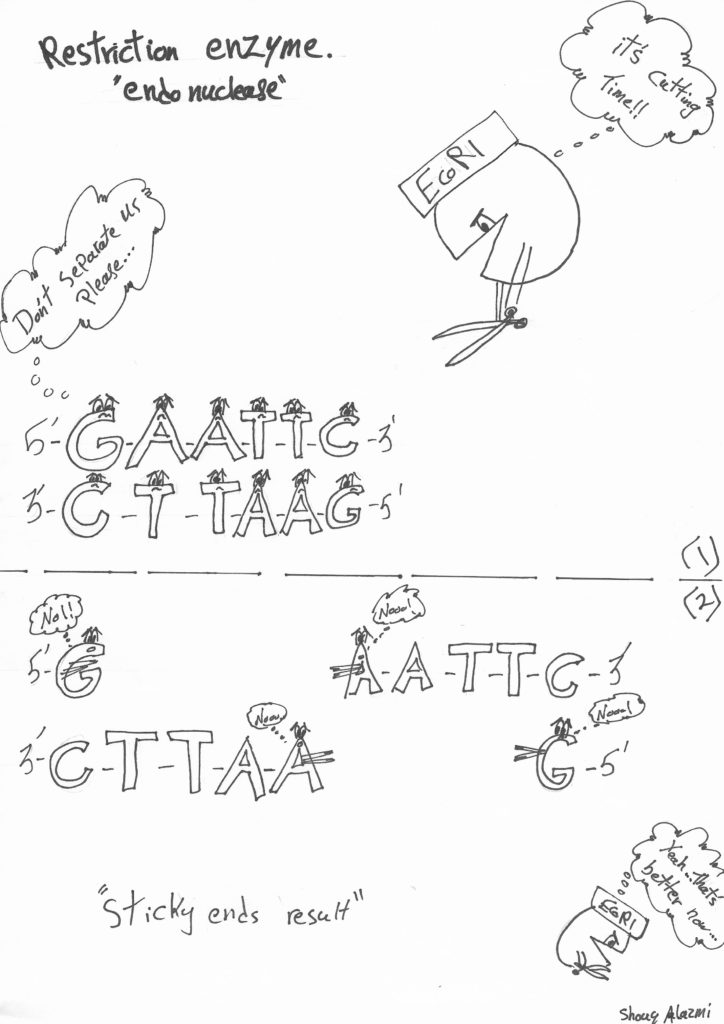
Bashayer Jamal (485)

Shaikha Alshariafi (485)
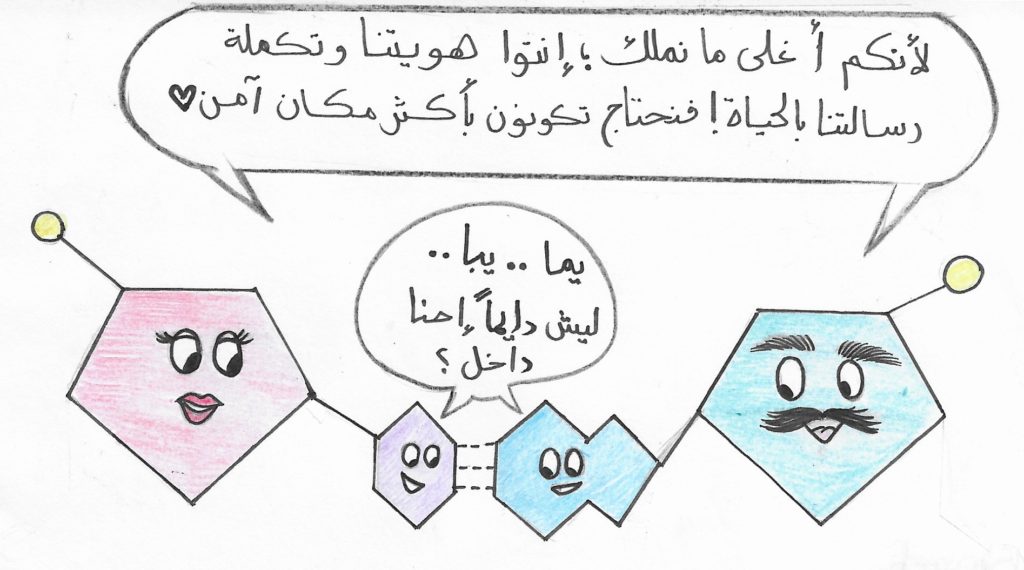
Anfal Alsahaf (281)

Badreya Alnassar (281)
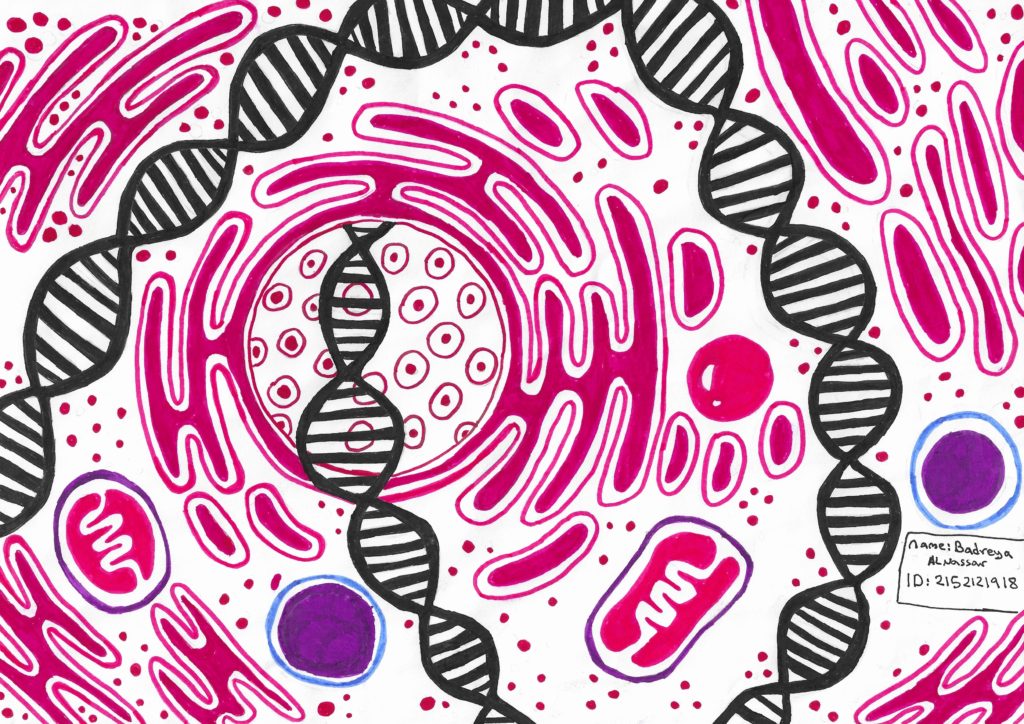
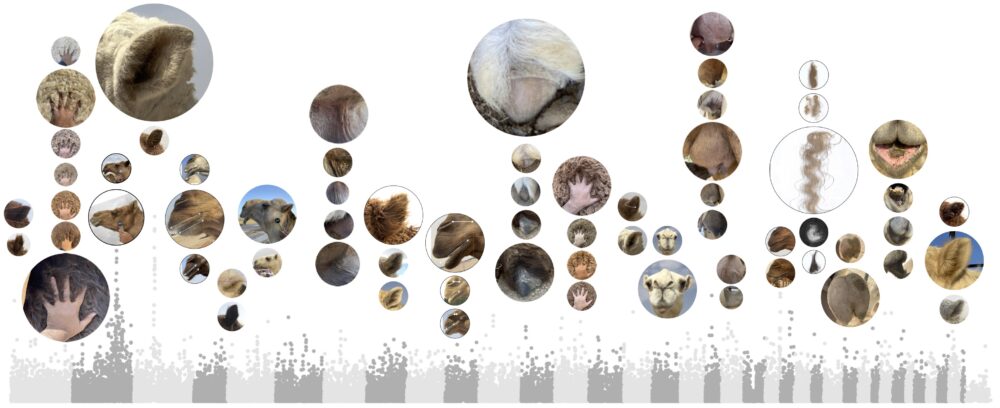
Figures, photos, and graphs in my lectures are collected using google searches. I do not claim to have personally produced the material (except for some). I do cite only articles or books used. I thank all owners of the visual aid that I use and apologize for not citing each individual item. If anybody finds the inclusion of their material in my lectures a violation of their copy rights, please contact me via email.
January 9th 2019
It was a joy to return to my Ph.D. school (University of California, Davis) as the first destination of my one-year academic leave from Kuwait University. Beside reviving the memories and feelings associated with the place, I was eager to meet friends, colleagues, and mentors. I stayed, sadly, for only one day but had a chance to walk around the main campus and meet people despite the rainy weather.
For lunch, I was invited by the Grahns (Robert and Jennifer Grahn) to eat at Sophia’s. It is the best Thai restaurant in Davis, in my opinion. The lunch special of shrimp curry hasn’t changed over the years and my taste buds haven’t forgotten the delicious flavors. Rob and Jen Grahn are a couple of my dearest friends in Davis. I have shared the office with Dr. Robert Grahn throughout my Ph.D. years and shared much of my general and scientific thoughts as well as my feelings and frustrations. It was unusual for me and for them that our lunch extended for nearly two hours but I enjoyed every second of it and I hope they did.
Although not sure that walking would assist in the digestion of my tasty lunch, I walked around the nice small downtown of Davis and to my surprise I saw the Framers Market, which takes place Wednesday afternoon and Saturday morning of every week. The Farmers Market was one of the frequently visited locations of my family where we can try and buy different food items in addition to fruits and vegetables. My son, Ali, also has enjoyed the playgrounds and the company of other kids. On my way to the main campus, I passed by the 3rd and U Cafe where I used to join REHAB journal club on Fridays afternoon for a free learning experience.
A visit to UCD always starts with the Memorial Union. The place has changed a little since my graduation with more spacious foodcourts and a newly renovated larger bookstore. Drowning in my memories, it was a challenge for me to avoid all the bikers on campus. Davis is known to be the bicycle capital city in the United States and the campus is almost car free on its internal roads. Everyone rides a bike at UCD including faculty and if one decides to walk instead, a class or a meeting will definitely be missed. I remember re-learning how to ride a bike when I first joined the Ph.D. program of the Genetics Graduate Group (now known as the Integrative Genetics and Genomics – IGG – Graduate Group). When you are in Davis, do what Davisians do and ride a bike.
I walked my way to the office of my dissertation committee member and mentor, Jeffery Ross-Ibarra, at Robbins Hall. Jeff, as we call him, has been an inspiration for me as a scientist. He is a population geneticist and in love with studying corn. He taught me population genetics and was one of the many reasons why I love the topic. Also, He has been my inspiration to establish a journal club at Kuwait University (EHRAB) based on his entertaining and intellectually valuable REHAB. Two things stand out as the most memorable lessons that I learned from Jeff. The first lesson was scientific humility. I learned that by his ungarnished comments and questions, which were at the time quite hurtful but much needed on the long run and for a true scientific maturity. The second lesson was to be in love with the organism one studies. I still remember vividly my last conversation with him before my return to Kuwait after my graduation. He asked me “why camels?” His question was in reference to a statement that I made during my exist seminar that I am interested in studying camels when I return home. The first answer that came to my mind was “the camel has waited a long time for me to study it”. Of course my answer wasn’t along the lines of the first lesson that he taught me, humility, but it was may be a reflection of my determination and passion to study the camel and just like his passion to study corn. Without any prior appointment, I walked into Jeff’s office to see him standing in a chair-less room. Yes, he has a standing desk with two large computer screens. He told me that this was his treat for becoming a full professor. Nothing in the office changed. The nice vertical chalk-board is still in the same location and the corn samples and photos decorate the office elegantly. We chatted for about half an hour before I handed him a little gift from my camel lab. The gift was T-shirts and keychains/car mirror hanging accessory with a camel design.
From Robbins Hall I walked to the haunted building (a claim or a joke) Storer Hall where the office of my other dissertation committee member and my dear mentor, Bruce Rannala, resides. I knew before my arrival that Dr. Rannala would be in town. However, I wanted to walk to his office just like I used to when I was a student. Bruce, as he likes me to call him, has taught me statistics and was the first to introduce me to R programming. I still remember setting behind my friend Carolyn Yrigollen and leaning to the right wall of the classroom. When Bruce plotted a histogram using R, my first question was “is it possible to change the colors?”. He smiled and replied that a lot of things can be modified. I laugh when I remember this incident because for all the statistics that he was introducing to us, my only question was to the plotting, much to my love and fascination with visualization.
At about 4 o’clock, I drove to UC Davis Veterinary Genetics Laboratory (VGL). I had an appointment with my friend Rob (Robert Grahn) to meet old friends at the testing lab, to get introduced to the director (Dr. Rebecca Bellone), and to get a quick tour to the facilities, and equipments of the lab. I was familiar with the lab in general when I did the genotyping and sequencing aspects of my Ph.D. projects using their machines. Beside all the new machines and the automated systems for DNA extraction etc., I was particularly amazed by the number of samples that the lab houses and the way these samples are organized. Thousand and thousands of biological samples are stored from several species. I discussed the setup of my camel biobank (Cdrom Archive) with Rob who provided me with valuable suggestions and recommendations. I hope that my visit to the VGL puts the seeds for future camel specific collaborations.
I had the pleasure of giving a workshop on scientific poster design at the University of Florida, Gainesville (Feb 8th 2019) where I was hosted by the Dr. Samantha Brooks and Brooks Equine Genetics Laboratory. Below are the general guidelines that I prepared for the participants of the workshop.
See the implementation of these guidelines in our posters
If you found this workshop helpful and enhanced your scientific poster design experience, please share a pdf file of your future poster design with me (hhalhaddad@gmail.com).
This is a very nice creative work one of my former students, Fahad Alenizi. Fahad is a very talented Arabic calligrapher especially in Dewani style. This work was a collaboration between Fahad and my graduate student Huda Alaskar, a promising English calligrapher and the person who digitized the work.
